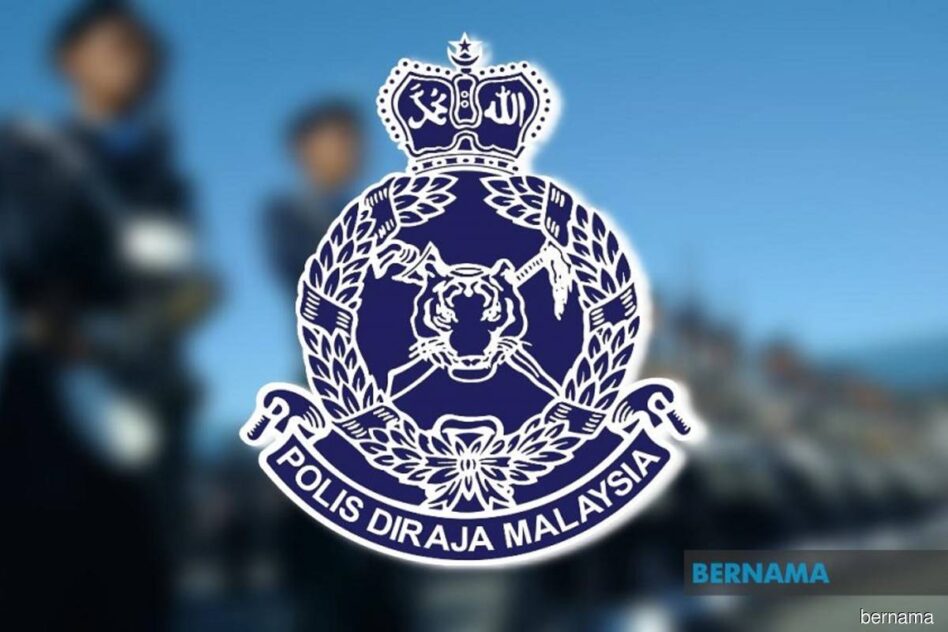By Capt Kamil Abu Bakar
A DAY ago, we were fed with the news and a video of a United Airlines Boeing 777 aircraft, soon after takeoff from Denver Colorado, having its right engine on fire.
Whilst it might appear scary, to pilots flying a commercial jetliner, it was something that can be expected, and can be part of a day’s job.
To them, if l may say, it is not a big deal, simply because they are trained to handle such emergency.
This is not to sound confident but it is part of the training and mandatory requirement for licence renewal, that they must go through such exercise, regardless, every six months.
Let me take it from the beginning.
We have to accept the fact that an engine can fail or break into fire, anytime it runs.
To cater for fire, each engine is equipped with two fire detection loops. At least one must be serviceable for the flight to provide warning to the pilots should fire were to occur – for whatever reasons, more due to engine overheating or rupture of the fuel line.
If that were to happen, the first thing the pilots have to do, by memory, after silencing the fire bell, is to cut off the fuel supply to the engine.
Each engine is provided with two fire extinguishers.
The pilot would then discharge the first extinguisher. If the fire does not go out, after 30 seconds, the second extinguisher would be discharged. The fire should be out by then.
It is a pity that the video ended short, not showing whether the fire was out. I believe it would have been extinguished with the aircraft still in the air. For the engine parts breaking up and falling to the ground, it was not unexpected.
For reassurance, it is not likely for the fire to spread to the wing because the engine is hung well below under it and fuel line is isolated.
Flying is safe, pilots are well-trained
The Boeing 777, like all two-engine aircrafts, are designed and certified to be able to fly on one engine to landing at the nearest suitable airport.
It must be mentioned here that, if we were to recall about the accident to the Concorde that occurred in Paris on July 25, 2000, the aircraft crashed soon after takeoff. It was not because of the engines catching on fire.
The investigation revealed that the Concorde crashed due to loss of thrust on Engine Number 1 and Number 2 in quick succession because their fuel lines were ruptured, after the tanks were pierced by a piece of exploding tire.
In such a situation, no pilot could do anything about it.
To put matters in safety perspective, we have to accept that an engine can fail or catch fire, anytime.
To cater for engine fire, fire extinguishers are provided. Pilots, by regulatory requirement, are trained and regularly tested to handle such emergency.
In my 40 years of flying, l went through 80 times of such exercise. But in real life, l did not encounter such incident at all, not once, though l am and l believe all pilots are, well prepared for such situation.
An aircraft can still fly safely following an engine failure or fire.
This incident should, however, not be construed as due to poor maintenance practise, or low flying hours due to COVID-19 pandemic.
United Airlines is a major US airliner and has a very good safety record.
So, rest assured that whenever you fly, passengers are in safe hands of the people in the cockpit. They are well trained professionals.
When such emergency happens, only then we realise that pilots, unlike lawyers and doctors, are not paid enough. – Feb 22, 2021
Capt Kamil Abu Bakar was a former Malaysia Airlines Director of Flight Operations, chief pilot, Flight Safety & Security director and member of the International Advisory Committee of Flight Safety Foundation.
The views expressed are solely of the author and do not necessarily reflect those of Focus Malaysia.









